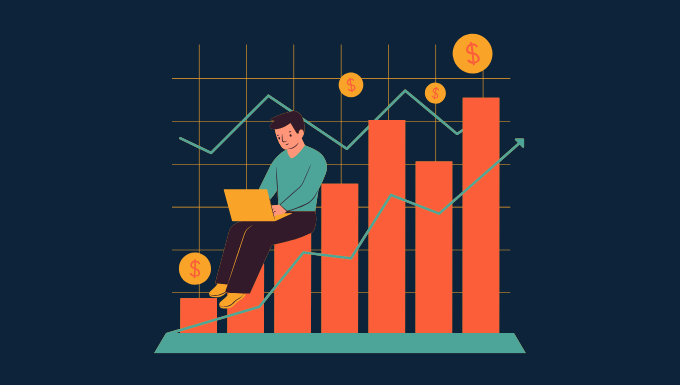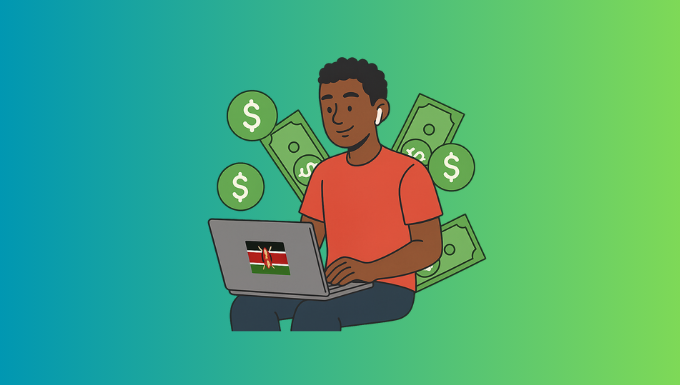Odds aren’t just random guesses, they’re carefully calculated to reflect the likelihood of an outcome while also making sure the betting site stays profitable. Bookmakers start by analyzing everything they can: team stats, player performance, injuries, weather, and even historical trends. They use this data to estimate the probability of each possible outcome.
For example, if a team has a 60% chance of winning, the odds will reflect that. But it’s not just about the numbers. Bookmakers also keep an eye on where the money is going. If too many people are betting on one side, they might adjust the odds to balance things out and reduce their risk.

What’s interesting is that odds aren’t static, they change as new information comes in or as betting patterns shift. This is called line movement, and it’s something sharp bettors watch closely to find value. Understanding how odds are set is the first step to making smarter bets. It’s not about luck; it’s about knowing how the game works and using that knowledge to your advantage.
The Basics Of Odds
When I first got into sports betting, the concept of odds felt a little intimidating. I saw numbers like +150, -200, or 2.50 and thought, “What does this even mean?” But once I took the time to understand the basics, it all started to make sense. Odds are essentially the backbone of sports betting—they tell you two key things: the likelihood of an outcome and how much money you can win if your bet hits.
There are three main types of odds formats: American, decimal, and fractional. American odds are common in the U.S. and use a plus (+) or minus (-) sign. The minus sign shows how much you need to bet to win $100 (e.g., -200 means you bet $200 to win $100). The plus sign tells you how much you’ll win if you bet $100 (e.g., +150 means a $100 bet wins you $150). Decimal odds, popular in Europe, are simpler—you just multiply your stake by the number to see your total payout (e.g., 2.50 means a $10 bet returns $25). Fractional odds, often used in the UK, show your profit relative to your stake (e.g., 5/1 means you win $5 for every $1 bet).
Odds also reflect probability. If a team has odds of -200, it means they’re heavily favored, while +150 suggests they’re the underdog. Understanding this helps you gauge the risk and potential reward of a bet. It’s not just about picking winners—it’s about finding value.
Different Type Of Odds
Here’s a breakdown of the main types of odds you’ll come across:
- Decimal Odds:
These are the easiest to understand, especially if you’re just starting out. The number represents how much you’ll win for every KSH100 you bet, including your original stake. For example, if the odds are 2.50, a KSH100 bet would return KSH250(KSH100x 2.50) / a $10 bet would return $25 ($10 x 2.50). This format is most common in Canada, Australia and Europe.
- Fractional Odds:
These are popular in the UK and Ireland, and they’re a bit trickier at first glance. The fraction shows your profit relative to your stake. For example, 5/1 means you’ll win $5 for every $1 you bet, plus your original $1 back. So, a $10 bet at 5/1 would return $60 ($50 profit + $10 stake)/for every KSH100 bet at 5/1 would return 600( KSH500 profit +KSH100 stake)
- American Odds:
Also known as moneyline odds, these are the most common in the U.S. They can be positive or negative. Negative odds (like -150) tell you how much you need to bet to win $100. For example, -150 means you’d need to bet $150 to win $100. Positive odds (like +200) show how much you’d win on a $100 bet. So, +200 means a $100 bet would win you $200.
How Bookmakers Think And The Role Of Probability
When I first started betting, I used to think bookmakers were just lucky guessers who set odds based on gut feelings. But the more I learned, the more I realized how wrong I was. Bookmakers are like mathematicians with a sharp eye for detail. They don’t just pull numbers out of thin air, they use data, analysis, and a deep understanding of probability to set odds that protect their profits while still attracting bets.
Here’s how it works: bookmakers start by calculating the probability of every possible outcome in a game or event. They look at everything including the team stats, player performance, injuries, weather, and even historical trends. For example, if a football team has won 70% of their home games, the bookmaker will factor that into the odds.
But it’s not just about the numbers. They also have to think about how people will bet. If a popular team is playing, they know a lot of casual bettors will back them, so they might adjust the odds to encourage bets on the other side. This helps them balance their books and reduce risk.
Probability is at the heart of everything they do. It’s not about predicting the future perfectly; it’s about estimating the likelihood of different outcomes and setting odds that reflect those chances. They also build in a small margin, called the “vig” or “juice,” to ensure they make money over time. For example, if the true probability of an event is 50%, they might set the odds to imply a 52% chance, giving them a 2% edge.
The Impact Of Line Movement , Public Opinion And Betting Trends
Line movement , public opinion and betting trend are the most important things to watch if you want to make smarter bets. Here’s why:
- Line Movement:
Odds don’t stay the same—they shift based on new information or where the money is going. For example, if a star player gets injured, the odds might move quickly to reflect their team’s lower chances of winning. But sometimes, the line moves because of betting action. If a lot of money comes in on one side, bookmakers might adjust the odds to encourage bets on the other side. This is how they balance their books and reduce risk. - Public Opinion:
The public loves betting on favorites or big-name teams, even when the odds don’t justify it. Bookmakers know this, and they sometimes set lines that factor in what they think the public will do. If everyone is betting on the same team, the odds might get worse for that side, even if the actual probability hasn’t changed much. This is where sharp bettors (the pros) look for value by going against the crowd. - Betting Trends:
Watching where the money flows can tell you a lot. If a line moves sharply in one direction, it’s often because sharp bettors are piling in. They’re usually ahead of the game, so their action can signal where the real value is. I’ve learned to pay attention to these trends, especially when they go against public opinion.
How To Find Value
Finding value in odds is one of the most important skills. It’s not just about picking winners, it’s about finding bets where the odds are in your favor. Here’s how to approach it:
First, always start by doing your homework. Look at the stats, recent form, injuries, and any other factors that could influence the outcome. The goal is to estimate the true probability of an event happening. For example, if you think a team has a 50% chance of winning, but the bookmaker’s odds imply a 40% chance, that’s a potential value bet.
Next, compare odds across different sports books. Not all bookmakers set their odds the same way, and sometimes you can find better prices for the same bet. Even a small difference in odds can add up over time, so always shop around.Also pay attention to line movement. If the odds for a team are getting shorter (meaning the payout is decreasing), it could mean that sharp bettors are backing them. This doesn’t always mean it’s a value bet, but it’s worth looking into why the line is moving.
Another thing is to trust your own judgment, not just the public opinion. Sometimes, the crowd overreacts to recent results or hype, which can create value on the other side. If Iyou believe the odds are off, don’t be afraid to go against the grain.
Finally, keep a record of your bets. This helps you see where you’re finding value and where you might be missing something. Over time, this will help you refine your approach and make better decisions.
What’s interesting is how much public opinion plays a role. Bookmakers aren’t just trying to predict the outcome, they’re trying to predict how people will bet. They build in a small profit margin (the vig) to ensure they make money over time, no matter what happens. For us as bettors, the key is to spot when the odds don’t match the real chances of something happening. That’s where the value lies. Understanding how odds are set gives you a better shot at finding those opportunities.


